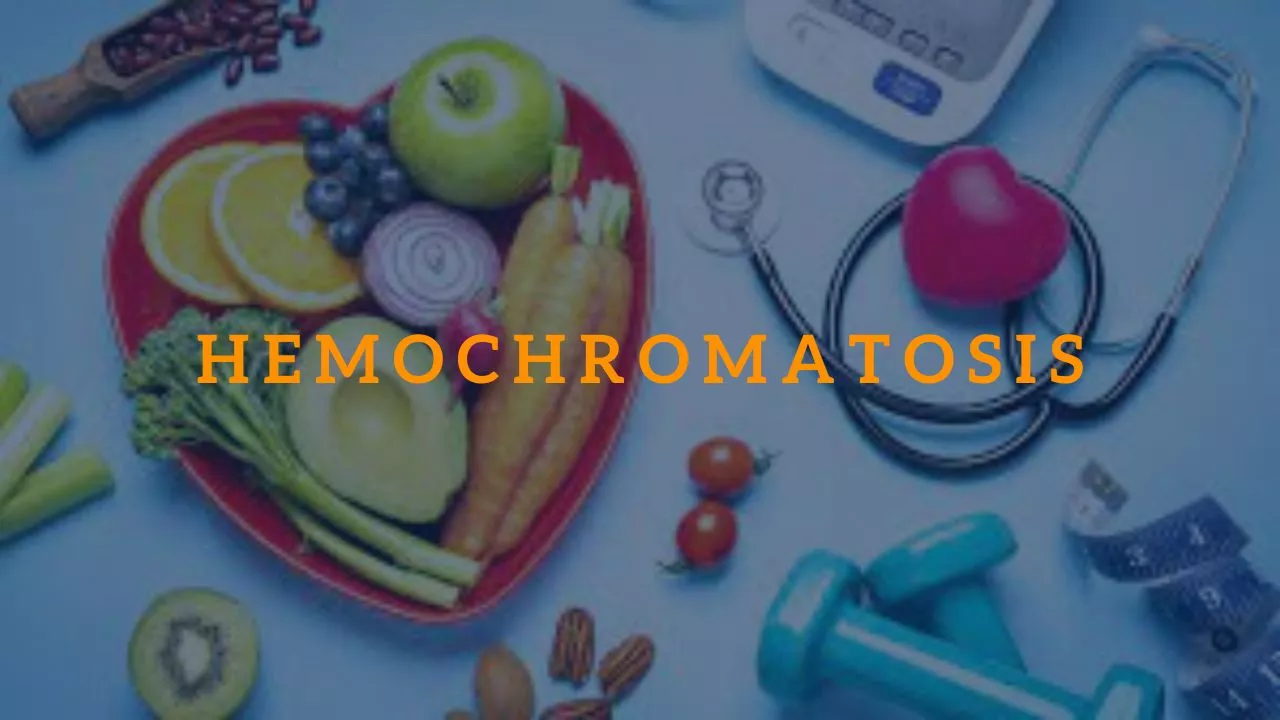Hello 1-GSM Visitors! Today we will be discussing hemochromatosis, a genetic disorder that affects the body’s ability to regulate iron absorption. In this article, we will be explaining about hemochromatosis, providing you with a comprehensive understanding of the causes, symptoms, and treatment options available.

What is Hemochromatosis?
Hemochromatosis is a genetic disorder that causes the body to absorb too much iron from the foods we eat. Normally, the body is able to regulate the amount of iron it absorbs, but in people with hemochromatosis, this regulation process is disrupted, leading to a build-up of iron in the body’s tissues and organs.
There are two types of hemochromatosis: primary and secondary. Primary hemochromatosis is caused by a genetic mutation, while secondary hemochromatosis can be caused by other factors such as alcoholism or chronic liver disease.
Causes of Hemochromatosis
As mentioned earlier, primary hemochromatosis is caused by a genetic mutation that affects the body’s ability to regulate iron absorption. This mutation is usually inherited from one or both parents who carry the gene. Secondary hemochromatosis can be caused by other factors, such as alcoholism or chronic liver disease, which can affect the body’s ability to metabolize iron.
Symptoms of Hemochromatosis
The symptoms of hemochromatosis can vary from person to person and can be mild at first. Some of the most common symptoms include fatigue, joint pain, abdominal pain, and an enlarged liver. As the condition progresses, more severe symptoms can develop, such as diabetes, heart failure, and liver disease.
Diagnosis of Hemochromatosis
If you are experiencing symptoms of hemochromatosis, it is important to speak with your doctor. Your doctor may perform a physical exam and order blood tests to check your iron levels. If your iron levels are high, your doctor may recommend a genetic test to confirm a diagnosis of hemochromatosis.
Treatment of Hemochromatosis
The treatment for hemochromatosis involves reducing the amount of iron in the body. This can be done through a process called phlebotomy, which involves removing blood from the body on a regular basis. In some cases, medications may also be prescribed to help reduce iron levels.
It is important to note that hemochromatosis is a lifelong condition that requires ongoing treatment and monitoring. Without treatment, the build-up of iron in the body can lead to serious health complications.
Prevention of Hemochromatosis
While hemochromatosis is a genetic disorder that cannot be prevented, there are steps you can take to reduce your risk of developing complications. These include avoiding excess alcohol consumption, maintaining a healthy weight, and getting regular check-ups to monitor your iron levels.
Living with Hemochromatosis
Living with hemochromatosis can be challenging, but with proper treatment and management, most people with the condition are able to lead normal, healthy lives. It is important to work closely with your doctor to develop a treatment plan that works for you and to monitor your iron levels regularly.
Conclusion
In conclusion, hemochromatosis is a genetic disorder that affects the body’s ability to regulate iron absorption. While there is no cure for the condition, it can be effectively managed through regular treatment and monitoring. If you are experiencing symptoms of hemochromatosis, it is important to speak with your doctor and to develop a treatment plan that works for you.
Thank you for reading and see you again at our other interesting article.
